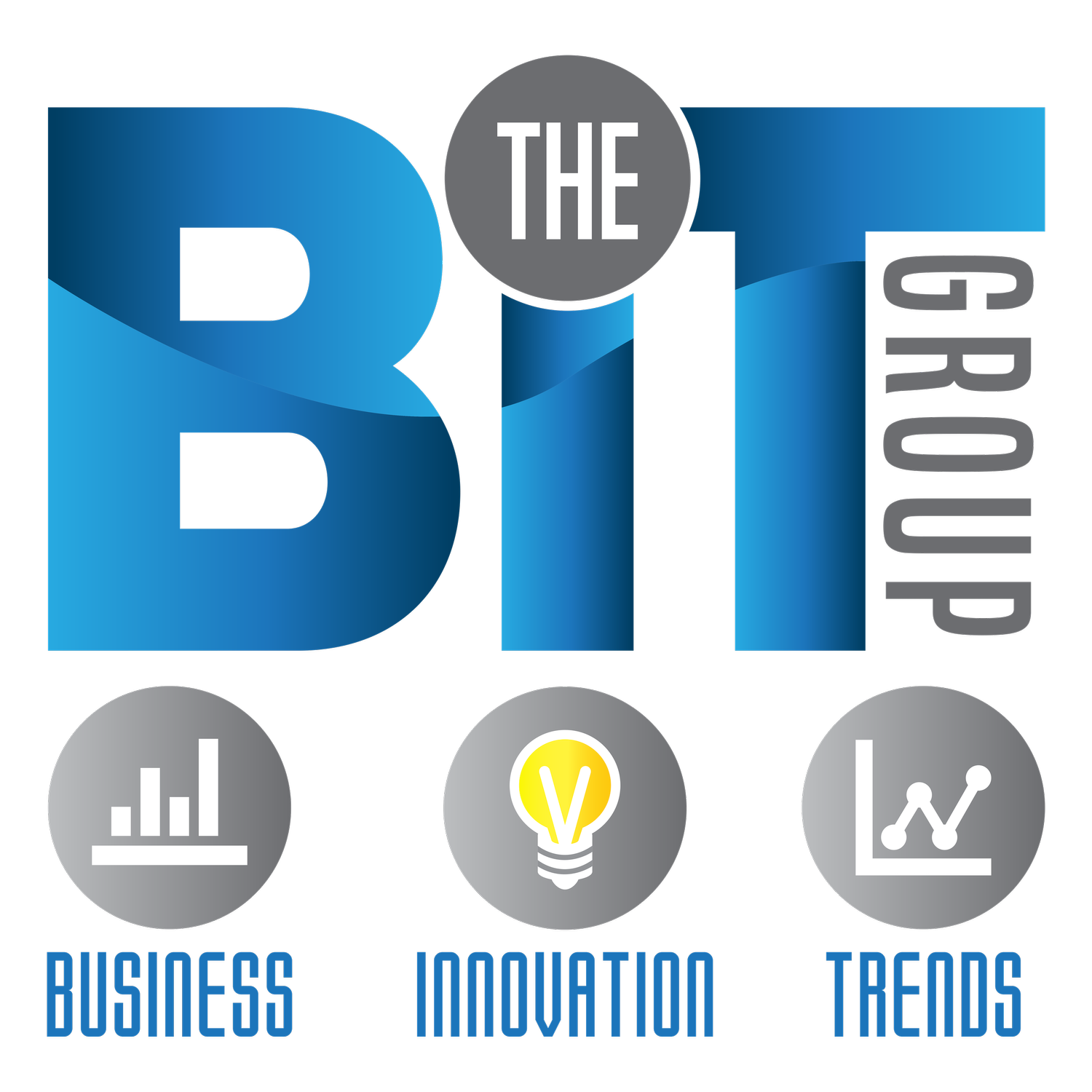As one who has been immersed in and researching innovation for three decades I have become enough of a curmudgeon to know when things rub me the wrong way. For me, that rub comes from perspectives that are more of a barrier to innovation than an enabler.
One culprit? False dichotomies. Here is a recent example.
I came upon a thoughtful article entitled “Strategy vs. Design Thinking” ( https://medium.com/@kingshukdas/strategy-versus-design-thinking-41d86ad81f1f ) in which Kingshuk Das says:
“Organizations looking to grow often find themselves caught between conventional and newer approaches to innovation. While traditional strategy calls for rigorous analysis and critical thinking, design thinking espouses ‘thinking by doing’. The key,” says Das, “is to find the sweet spot between the two approaches.”
Das goes on to link strategic thinking with “overthinking” because it can be too analytical, and “design thinking” then is described as “underthinking.” It is the standard “think vs. build” line of reasoning and leads Das to conclude that when it comes to innovation the goal is to find the “sweet spot” between the two.
In my experience this is a false dichotomy because it pigeon-holes options into two categories. The trouble with this is that innovation doesn’t work like that.
Innovation doesn’t move in a straight line. It doesn’t create conflict between thinking and building. And it certainly isn’t limited to any one “sweet spot.”
In my experience and in my research, innovation moves in spiraling circles or ellipses or infinity loops.
“Innovation” should not be limited to the generating of ideas. The ultimate objective should be making an innovation manifest—Innovating for Results, as I call it in my training programs.
To bring an idea to fruition there is an additional element often missed: simplicity.
In my innovation world, the three core elements of innovation are prototyping (PR), iterating (I), and simplifying the method (SM), i.e. PR-I-SM. These three can happen in any order. They can pair up. They can take you from start to restart to finish to refresh.
As an idea shines its light into the prism, a burst of colors fills the room, rendering the room forever changed.
There are enough barriers to innovation without having to work past dichotomous thinking models. I have found that the incessant and often disruptive quest for simplification is the real key to the innovation kingdom.
As my mom used to say: “the simpler the better.”



